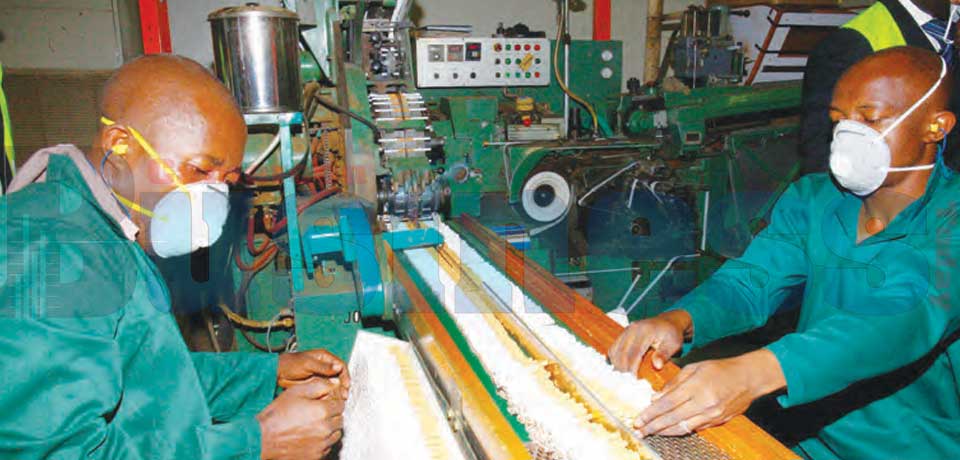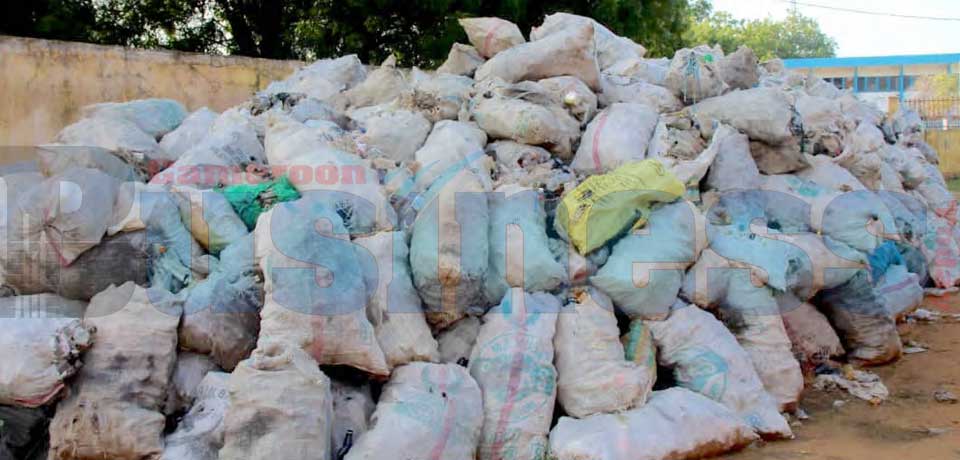The National Development Strategy 2020-2030 places industrial and technological development at the centre of government policy in order to reverse current trends.
Cameroon’s rate of industrialization and technological development still leaves much to be desired despite enormous raw materials and human capital potentials. It is no secret that for any economy to be developed, it must invest in its industrial sector so as to be able to manufacture finished goods from primary raw materials. This is not the case with Cameroon whose manufacturing industry value added is still below 20 per cent (14.5 per cent in 2017). The secondary sector (industry) contribution to the GDP only averages 5-16 per cent according to the National Development Strategy 2020- 2030 (NDS30) document. Cognizant to this weakness, public authorities have been burning the midnight candle to set the stage for industrialization and technological development given that it is the bedrock of every economy. The Industrialization Master Plan designed to make Cameroon a “new industrial Africa’s factory by 2050 has been operational since 2018. It also intends to increase industrial sector’s contribution to GDP by 11 per cent (from 13 per cent to 24 per cent by 2035).
Also, the National Development Strategy 2020-2030 (NDS30) also places emphasis on the structural transformation of the economy. Here, the development of the industrial sector is primordial with two main orientations notably promoting manufacturing industry and technological catch-up. With this, Cameroon intends to increase secondary sector contribution to GDP to 36.8 per cent by 2030 and Manufacturing Value Added (MVA) to 25 per cent during same period while increasing the share of manufacturing exports to 54.5 per cent. While all of these are intensions on paper, concretely speaking, efforts are being put in place to ensure industrial development albeit slow pace. Measures taken so far include the construction of energy infrastructure given that no meaningful industrialization can take place without adequate energy supply. The Lom Pangar dam, Memve’ele dam and the ongoing Natchtigal hydroelectricity project are all meant to produce abundant energy to satisfy industrialization. The creation of the Investment Promotion Agency as well as the putting in place of legal instruments like the 2013 investment laws and its subsequent amendments are all measures put in place by the authorities to boost industrialization. Regardless of the industrial policies pursued, Cameroon’s industrial competitiveness has remained lacklustre despite the shifts in attendant commercial policies. There is now free movement of persons, capital, goods, information, ideas and knowledge. Time and distance are shrinking accordingly. Development is thus taking place in difficult circumstances, increasingly characterized by the speed of technical progress, ever greater openness of markets and fragmentation and internationalization of production processes. This constantly changing global ...

















Commentaires